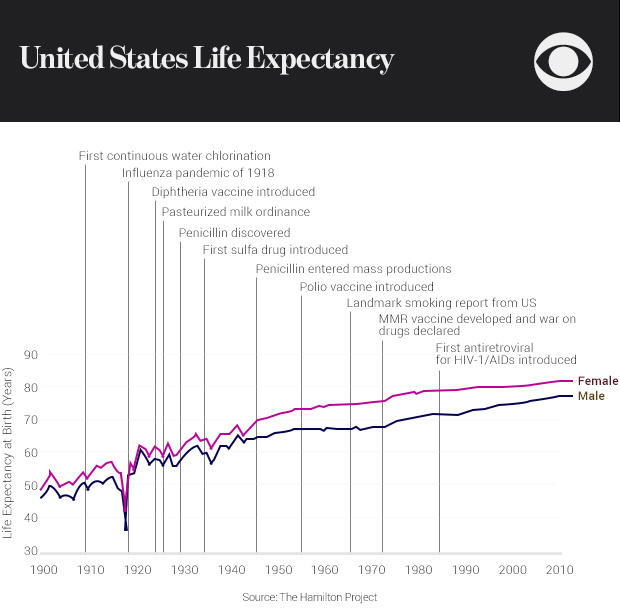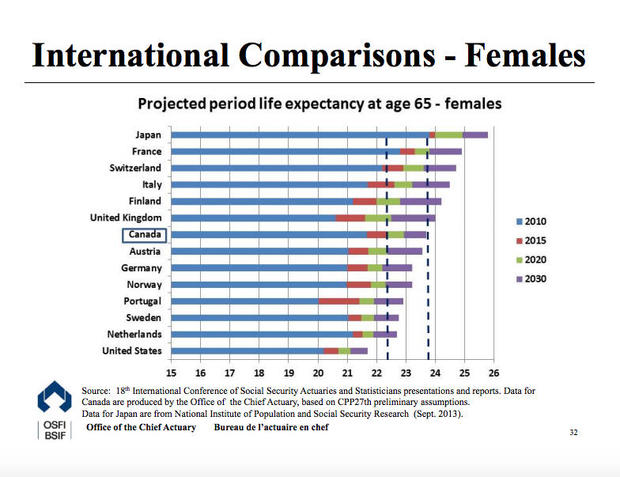For whites across America, "deaths of despair" are rising
For many white Americans without a college degree, life in America has devolved in a few short decades from one that offered ample economic opportunity into a socioeconomic dead end.
That’s according to new research from Princeton economists Anne Case and Nobel Prize-winner Angus Deaton, who grabbed headlines in 2015 with their finding that the death rate for middle-aged white Americans had sharply risen. The new research adds color to their earlier findings, helping to explain what’s driving mortality rates for less educated whites beyond that of blacks and their counterparts in other developed countries.
The problems don’t hold true for all white Americans, since those with a college degree are enjoying lower mortality rates, they note. Yet for white adults without that piece of parchment, the world has gotten tougher. Long gone are the days of a healthy labor market for high-school graduates and strong social ties through marriage, religion and child-rearing.
Instead, less educated whites face tepid demand for their skills and stagnant wages, with the opioid crisis adding “fuel to the flames,” Case and Deaton write.
The spike in mortality rates started in the Southwest but has now spread across the country, affecting both cities and rural areas as well as men and women.
“Ultimately, we see our story as about the collapse of the white, high school educated, working class after its heyday in the early 1970s, and the pathologies that accompany that decline,” they wrote in a paper published by The Brookings Institution.
While low wages and limited job opportunities are factors, the economists stress that the fundamental causes for rising death rates for less educated whites are globalization and automation. The impact of these forces has been widely debated, with some researchers finding that technology that replaces human labor has already crimped the types of blue-color jobs that high-school educated whites traditionally held.
President Trump campaigned on a platform that blamed globalization for the economic woes suffered by many of his supporters. Since taking office, he’s vowed to renegotiate the North American Free Trade Agreement with Mexico and Canada and signaled his administration will pursue protectionist policies.
Whether those moves will create good jobs for less educated Americans remains uncertain, although some experts warn that increased U.S. manufacturing activity won’t necessarily revive blue-collar jobs. The evidence is already there: American manufacturing output has increased 20 percent since 2009, yet factory employment has risen over that time by only 5 percent, according to Five Thirty Eight.
How sharply have the lives of white, less-educated Americans veered off track? In 1999, this demographic had mortality rates that were about 30 percent lower than those of African-Americans. But by 2015, their mortality rate had eclipsed that of blacks by 30 percent, Case and Deaton found. They blame the spike in death rates partially on alcohol and drug poisoning, suicide, and alcoholic liver disease and cirrhosis.
These “deaths of despair come from a long-standing process of cumulative disadvantage for those with less than a college degree,” they said. “The story is rooted in the labor market, but involves many aspects of life, including health in childhood, marriage, child rearing and religion.”
Take marriage, which is entwined with higher incomes and financial stability. Marriage rates among high-school graduates have collapsed, leaving the institution as one primarily enjoyed by those with college degrees. College graduates are almost twice as likely to be married than those with only high school degrees, while college-educated women are more likely to have long-lasting marriages than less educated women, according to Pew.
Marriage rates for working-class Americans may be another victim of globalization and automation. Trade shocks to the manufacturing sector are “particularly destabilizing” to marriage, MIT economist David Autor wrote in a recent research paper. Young men without job prospects are disappearing due to drug use, suicide, jail, or homelessness, he noted.
The opioid epidemic is also playing a role, although Deaton and Case said it wasn’t a “fundamental factor.”
“The prescription of opioids for chronic pain added fuel to the flames, making the epidemic much worse than it otherwise would have been,” they wrote. “If our overall account is correct, the epidemic will not be easily or quickly reversed by policy, nor can those in midlife today be expected to do as well after age 65 as do the current elderly.”






